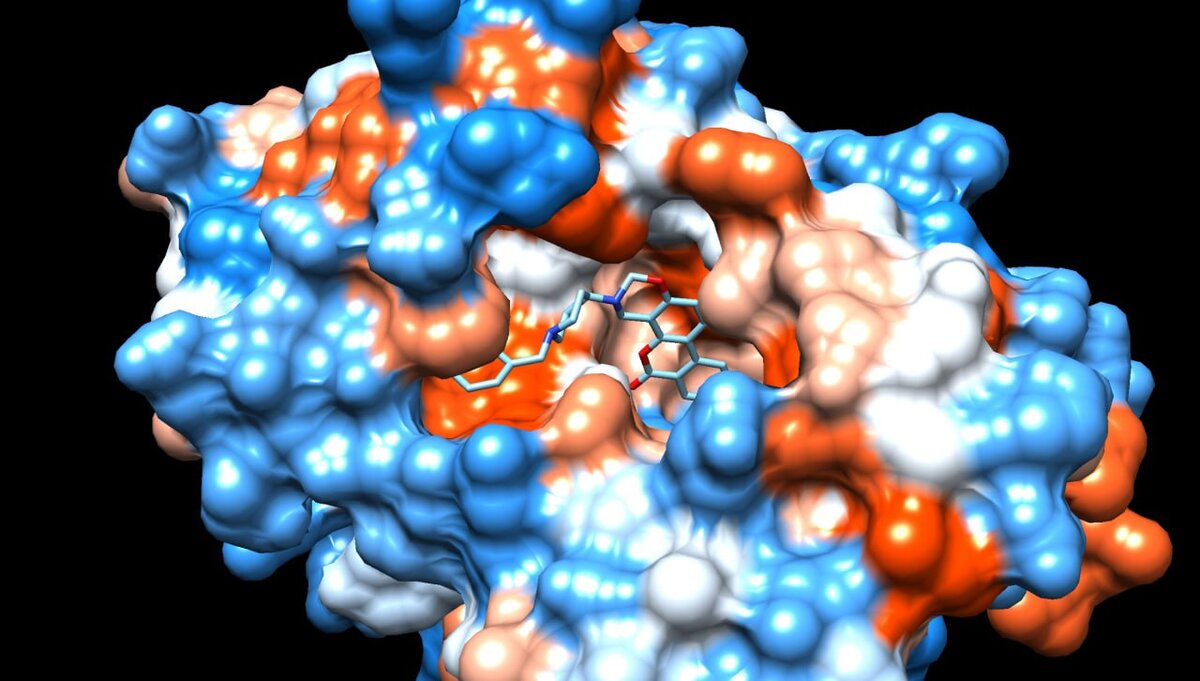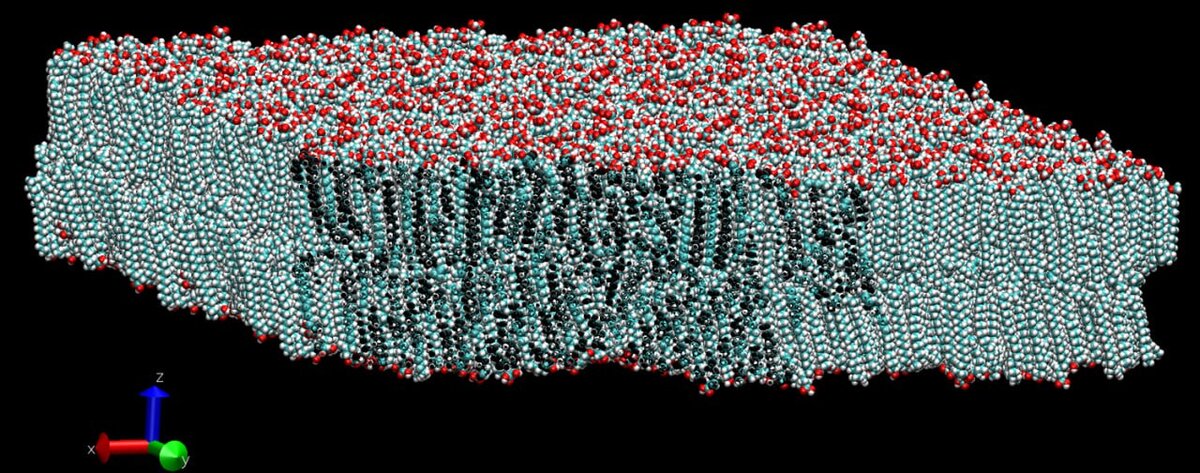UNN scientists get closer to unravelling TB bacteria resistance to antibiotics

Researchers at the Laboratory for Molecular Modelling and Chemoinformatics at the UNN Faculty of Chemistry are using a mathematical model of the cell wall of the tuberculosis bacillus to select substances capable of penetrating the cell wall and attacking several target proteins of the tuberculosis bacteria at once. This will help to overcome the multidrug resistance of this disease whose bacteria, according to experts, are increasingly resistant to most known antibiotics.
The new study describes previously unknown protective mechanisms of the tuberculosis bacillus. The resistance of Mycobacterium tuberculosis bacilli to antibiotics and their survival when trapped by macrophages, the immune system cells, is due to a multi-layered envelope of mycolic acids - long chains of carbon, hydrogen and oxygen atoms. When they are rolled up into a bundle, the envelope becomes loose and more permeable; the more they are unfolded, the more protective the bacterium becomes. The cell wall of the TB bacillus becomes particularly dense in an acidic environment.
"It is not easy to describe the structure of Mycobacterium tuberculosis using experimental methods, so theoretical approaches are becoming paramount. Today, our computing power is at the level of the best laboratories in the world, enabling us to build a model of the cell wall, which has up to 300,000 atoms. We can observe bacterial behaviour with an accuracy of 1.5 microseconds, and molecular dynamic modelling makes it possible to select compounds capable of penetrating the TB bacteria's defences," said Stanislav Ignatov, Lead Researcher at the UNN Research Laboratory for Molecular Modelling and Chemoinformatics.

Scientists at the UNN Faculty of Chemistry have already selected seven target proteins that can be attacked without causing harm to the human organism. The search is underway for compounds capable of blocking several of them at once and thus preventing the bacteria from defending themselves against the drug.
"We are testing 430 000 compounds on our model. The molecules of the suitable compounds must have a certain structure, size and solubility. We have already managed to find several attacking agents; the most promising compounds will be tested in vitro," informed Stanislav Ignatov.
Lobachevsky University is partnering with the Laboratory of Medical Chemistry at Lomonosov Moscow State University in this project. The Moscow team of researchers has developed a neural network that analyses the chances of antibiotics crossing the mycobacterial membrane, improving the accuracy of drug selection. New calculations by Lobachevsky University chemists expand the predictive capabilities of artificial intelligence.
The research is conducted as part of the federal Priority 2030 programme. The results were published in the journal Molecules in 2023.



